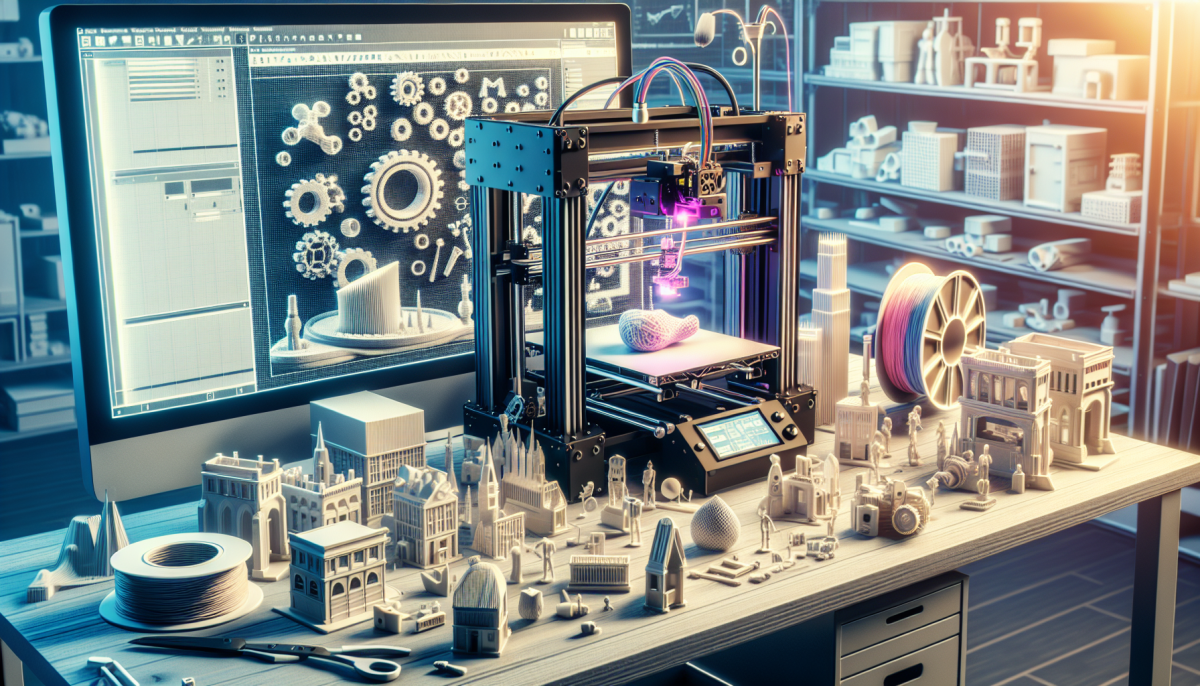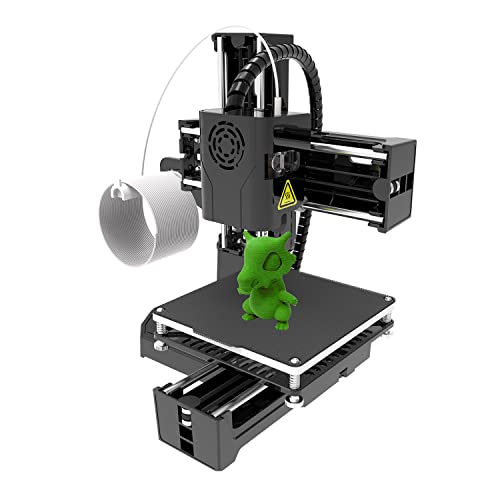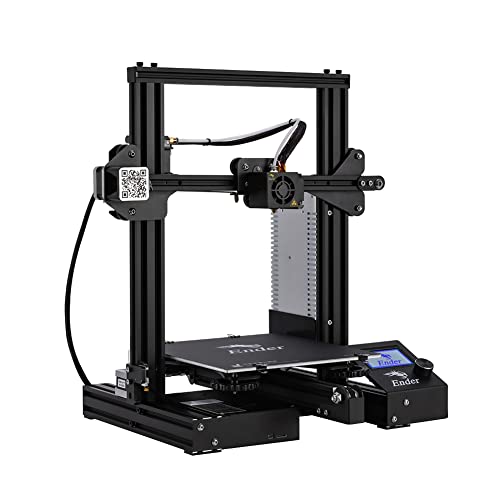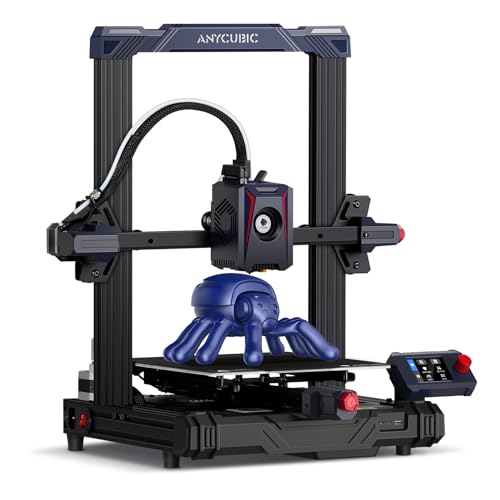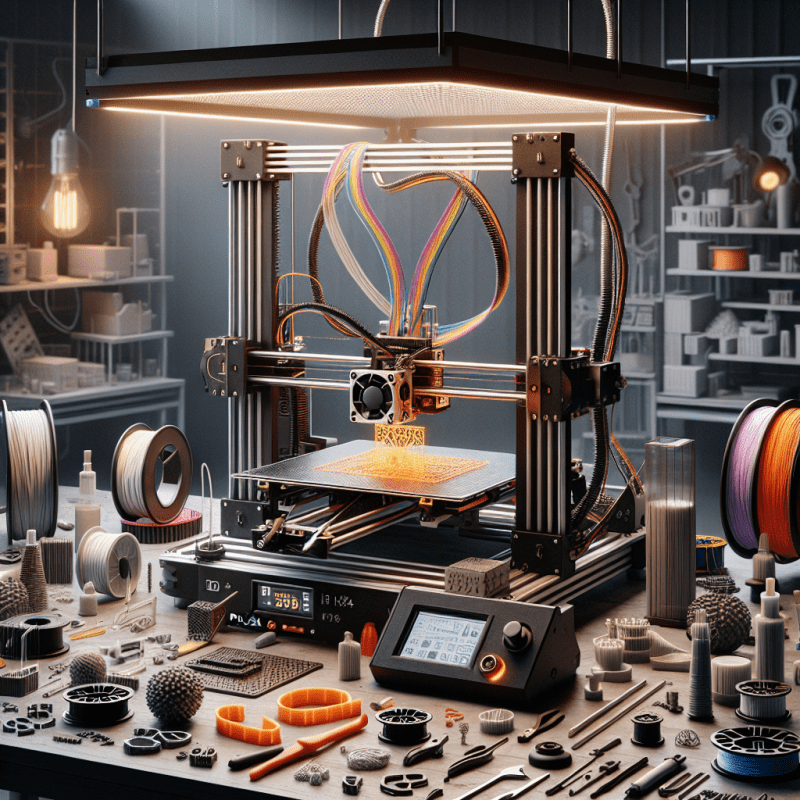When you're choosing a 3D printer, it's essential to know what features will make your printing experience easier and more enjoyable. Here are some key points to consider:
- Build Volume: Look for a printer with a build volume that fits your projects. If you plan to print larger items, a bigger build area is a must. Smaller printers are great for detailed work and prototypes.
- Print Resolution: Higher print resolution means better details in your finished product. Check the specifications for the layer height, as lower numbers generally mean smoother finishes.
- Filament Compatibility: Different printers work with various types of filament like PLA, ABS, or PETG. Make sure the printer you’re considering can handle the materials you want to use.
- Ease of Use: Features such as touchscreen controls, easy assembly, and clear instructions can save you a lot of time and frustration. If you're new to 3D printing, look for user-friendly options.
- Community and Support: A strong community or good customer support can be a lifesaver when you're troubleshooting. Check forums, tutorials, and reviews to find out what others have experienced.
By keeping these features in mind when choosing a 3D printer, you'll be better equipped to find a model that suits your needs and helps you turn your creative ideas into reality.
Types of 3D Printers Explained
When you're diving into the world of 3D printing, it helps to understand the different types of 3D printers out there. Each type has its unique features and styles, which can greatly influence your projects. Whether you're a beginner or an experienced maker, knowing your options will make choosing a 3D printer so much easier!
FDM Printers
Fused Deposition Modeling (FDM) printers are the most common type you’ll encounter. They work by melting plastic filament and laying it down layer by layer. This makes them great for creating prototypes or simple objects. They’re usually more affordable and user-friendly, making them a popular choice for hobbyists.
SLA Printers
If you're looking for high detail and smooth finishes, Stereolithography (SLA) printers might be the way to go. They use a resin that’s cured with a UV light to create stunningly detailed pieces. However, keep in mind that they often require more maintenance and can be a bit pricier. If you're serious about detail in your prints, it can be worth the investment.
SLS Printers
Selective Laser Sintering (SLS) printers are a bit more advanced. They use a laser to fuse powdered materials together, which can create incredibly strong and functional parts. These printers are fantastic for industrial applications or for making durable prototypes. Just be prepared for a larger upfront cost and somewhat complex setup.
By knowing the differences between these types, you can make a more informed choice. As you think about choosing a 3D printer, consider what you'll be printing most often, your budget, and how much detail you need. It’ll help you find the perfect fit for your projects!
Common 3D Printing Materials
PLA (Polylactic Acid)
PLA is one of the most popular materials, especially for beginners. It's made from renewable resources like corn starch, making it eco-friendly. It’s easy to use, prints smoothly, and comes in a variety of colors. Just keep in mind, though, that it's not the toughest material out there, so it's better for decorative items and prototypes rather than functional parts.
ABS (Acrylonitrile Butadiene Styrene)
ABS is known for its strength and durability. If you need something that can withstand wear and tear, this might be your go-to. It’s commonly used for making toys (think LEGO bricks!). Do note, it requires a bit more skill to print with due to warping issues and a need for a heated bed.
TPU (Thermoplastic Polyurethane)
If you're looking for flexibility, TPU is the way to go. It's a rubber-like material, perfect for creating items like phone cases or wearable gear. Just be prepared for a slower printing speed since it can be a bit tricky to handle. But the end results are definitely worth it!
PETG (Polyethylene Terephthalate Glycol)
PETG strikes a nice balance between ease of use and durability. It’s less brittle than PLA but still user-friendly. It’s also resistant to moisture and can handle higher temperatures, which makes it ideal for functional parts. If durability is a priority while still being easy to print, PETG could be the perfect fit.
Tips for First-Time Buyers
So, you’re diving into the world of 3D printing? Exciting times ahead! Whether you're planning to create prototypes, art pieces, or even gadgets, choosing a 3D printer can feel a bit overwhelming at first. Here are some tips to help you make a smart choice without breaking a sweat.
First things first, think about what you want to print. Different printers cater to different needs. If you’re into making small designs or detailed models, a resin printer might be your best bet. On the other hand, if you’re looking to print larger objects, consider a filament printer. Knowing what you plan to create will make choosing a 3D printer easier.
Next up, don't forget to check the printer's specs. Look at the build volume, layer resolution, and print speed. These factors will affect the quality and size of your prints. If you're a beginner, you might also want to find a user-friendly model with simple setup instructions. This will save you a lot of headaches!
Finally, budget wisely! 3D printers come in a range of prices, so decide how much you’re willing to spend. Keep in mind that you'll also need to buy materials, like filament or resin. It’s a good idea to check out some reviews and see what other users have to say. That way, you’ll know you’re making a wise investment. Happy printing!
